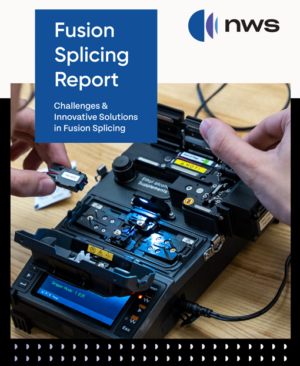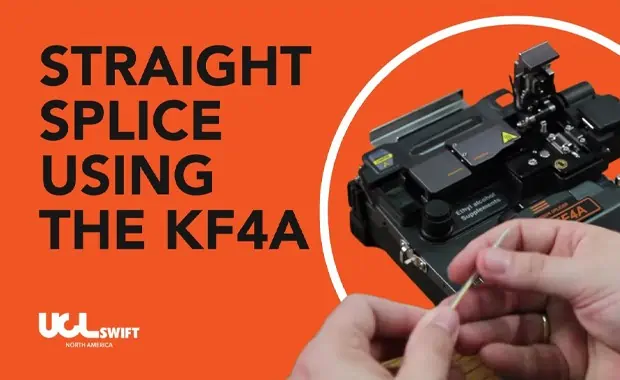
When it comes to access networks, fiber optic cables are no longer mere upgrades from other forms of connectivity. With their unparalleled ability to carry high volumes of data over long distances, as well as their proven reliability, fiber optic cables have become an essential part of the world’s communication networks.
Creating these crucial fiber optic networks involves joining together separate fiber optic cables and the individual fiber optic strands in a process called splicing. These splices can be accomplished by precisely clamping together two bare fiber optic stand ends in a sleeve, or, now more commonly, by fusing the ends together using the electric arc of a fiber optic fusion splicing machine.
Not too long ago, fiber terminations and splicing were far more complicated. But, due to the development of precise fusion splicing equipment, that is no longer the case. Fusion splicing can be learned within a few hours. Additionally, UCL Swift’s all-in-one fusion splicers have all the steps for fiber splicing and termination on board the machine itself.
In this report, we’ll examine the latest developments, challenges and techniques in fusion splicing and how they impact network performance.
Splicing Made Easy and Affordable. UCL Swift’s fiber optic fusion splicers provide best-in-class optical performance with a simplistic design, making installs for any application easy and affordable. Our All-In-One splicers provide all 5 splicing functions including stripping, cleaving, cleaning, splicing, protecting – all in a single unit. The thermal stripper in the All-In-One system prevents cracks on the fiber that are usually caused by manual strippers. UCL Swift fusion splicers are ideal for LAN, CATV, or FTTx.
